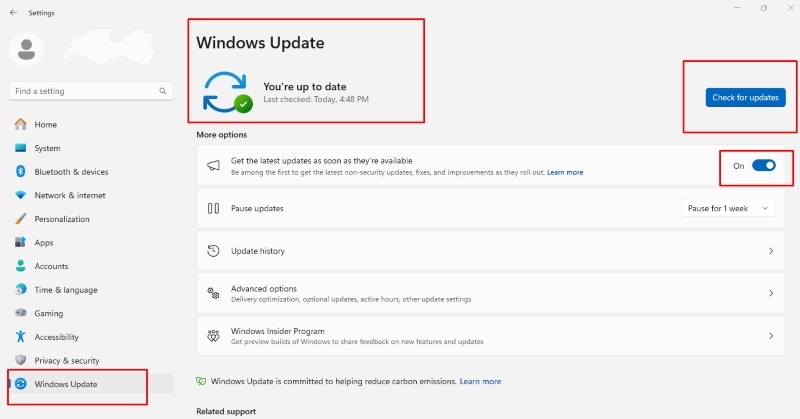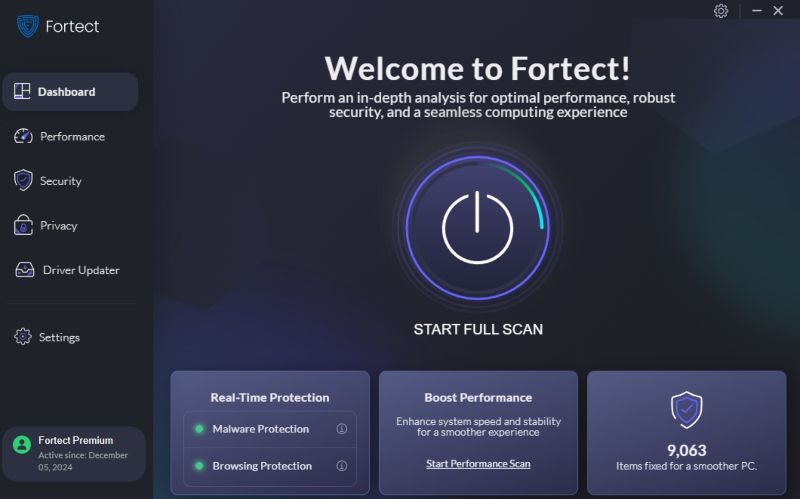How to Prevent DLL Injection Attacks on Windows 11
DLL injection attacks are a significant security threat for Windows users. This type of attack targets the Dynamic Link Library (DLL) files used by applications in the Windows operating system. DLL injection can allow malicious actors to execute harmful code, potentially leading to system compromise, data theft, or other serious security issues.
We will analyze how DLL injection works, the risks associated with it, and—most importantly—how to prevent DLL injection attacks on Windows 11. We’ll also include practical steps you can take to secure your system.
What is DLL Injection?
DLL injection is a method where a malicious program inserts its code into a running application by exploiting the DLLs that the application uses. The goal is to hijack the process of a legitimate application to execute malicious code. This often results in:
- Unauthorized access to system resources
- Data leakage
- Compromise of application security
How DLL Injection Works
DLL injection works by forcing a program to load a DLL file that the attacker controls. Once injected, the attacker’s code runs with the privileges of the target application. This can allow for the alteration of program behavior or access to sensitive information.
Risks of DLL Injection Attacks
DLL injection poses several risks to Windows users, including:
- System Compromise: Malicious code injected via DLL can take control of the operating system and its processes.
- Malware Distribution: Attackers can use DLL injection to distribute malware or ransomware across a network.
- Data Breaches: Sensitive information can be stolen if attackers gain access to user data or encryption keys.
How to Prevent DLL Injection Attacks on Windows 11
1. Keep Your System Updated

One of the simplest yet most effective ways to protect your system from DLL injection and other security threats is to ensure that your Windows 11 system is fully updated.
Steps to Update Windows 11:
- Open Settings by pressing Windows + I.
- Go to Windows Update on the left sidebar.
- Click on Check for Updates to see if there are any pending updates.
- Install all available updates, including security patches and feature updates.
2. Use Windows Defender and Antivirus Software
Steps to Enable Windows Defender:
- Open Settings and go to Privacy & Security.
- Under Windows Security, click Virus & Threat Protection.
- Ensure that Real-time Protection is turned on.
Windows Defender is built into Windows 11 and provides basic protection against malware, including DLL injection. However, if you’re looking for more advanced protection, especially in real-time, third-party antivirus software like Fortect provides comprehensive protection against sophisticated malware attacks.

Fortect scans your system automatically, detecting and blocking DLL injection attempts and other forms of malware. It provides robust real-time malware protection, ensuring that threats like DLL injection don’t go unnoticed and can be swiftly neutralized.
If you want an extra layer of security, Fortect is a great solution for enhanced protection. It’s built to automatically detect and eliminate DLL injection malware, giving you peace of mind.
Download Fortect now to prevent DLL exploitation on your Windows machine.
3. Limit User Privileges
A common method of mitigating DLL injection attacks is by limiting the privileges of users and applications. If a user or program doesn’t need administrator rights, they shouldn’t have them. This can reduce the attack surface for potential DLL injection attacks.
Steps to Restrict User Privileges:
- Open Settings and go to Accounts.
- Click on Family & Other Users.
- Under Other Users, click on the account you want to modify.
- Choose Change Account Type and set it to Standard User instead of Administrator.
4. Implement Software Restriction Policies
Windows 11 allows administrators to apply software restriction policies to limit the types of programs that can run on your system. This can prevent malicious DLL files from executing, even if they’re injected into a running application.
Steps to Implement Software Restriction Policies:
- Press Windows + R, type gpedit.msc, and press Enter to open the Local Group Policy Editor.
- Navigate to Computer Configuration > Windows Settings > Security Settings > Software Restriction Policies.
- If no policies are defined, right-click Software Restriction Policies and select New Software Restriction Policies.
- Under Additional Rules, create a new rule that blocks unauthorized or unknown DLL files from running.
5. Enable Data Execution Prevention (DEP)
Data Execution Prevention (DEP) is a security feature that can help prevent DLL injection by marking certain areas of memory as non-executable. This makes it harder for attackers to inject malicious code into these regions.

Steps to Enable DEP:
- Start and type Advanced System Settings, and select it.
- Under System Properties, click Settings under the Performance section.
- Go to the Data Execution Prevention tab.
- Choose Turn on DEP for all programs and services except those I select and add necessary exceptions.
6. Use Application Whitelisting
Application whitelisting allows only trusted applications to run on your system, blocking any unknown or unapproved software, including malicious DLLs.
Steps to Use Application Whitelisting:
- Open Windows Security and go to App & Browser Control.
- Set Reputation-based protection to On to block untrusted apps from running.
- You can also use third-party software to implement more advanced whitelisting controls.
7. Monitor System Processes for Suspicious Activity
Monitoring system processes for any unusual activity is crucial in detecting DLL injection attempts. Use tools like Process Explorer or Process Monitor to track running processes and identify any abnormal behavior associated with DLL injection.
Conclusion
DLL injection attacks are a real threat to Windows 11 users, but with the right preventive measures, you can significantly reduce the risk. By keeping your system updated, using antivirus protection, limiting user privileges, and applying software restrictions, you can safeguard your PC from these malicious attacks. Staying vigilant and following these security best practices will help ensure that your Windows 11 system remains safe and secure from DLL injection attacks.




